Authentic Period Civil War Medical Items 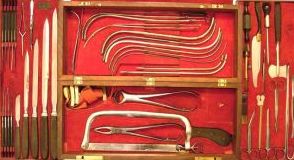 Civil War Surgical Sets Medical Text Books and Surgical Manuals Articles on Civil War Medicine See our Articles On Civil War Medicine |
The
Principles
of
Surgery
Containing the bookplate of Civil War U.S. Army Surgeon,
Richard H. Coolidge
by John Bell
Published by Collins and Company, New York, 1812

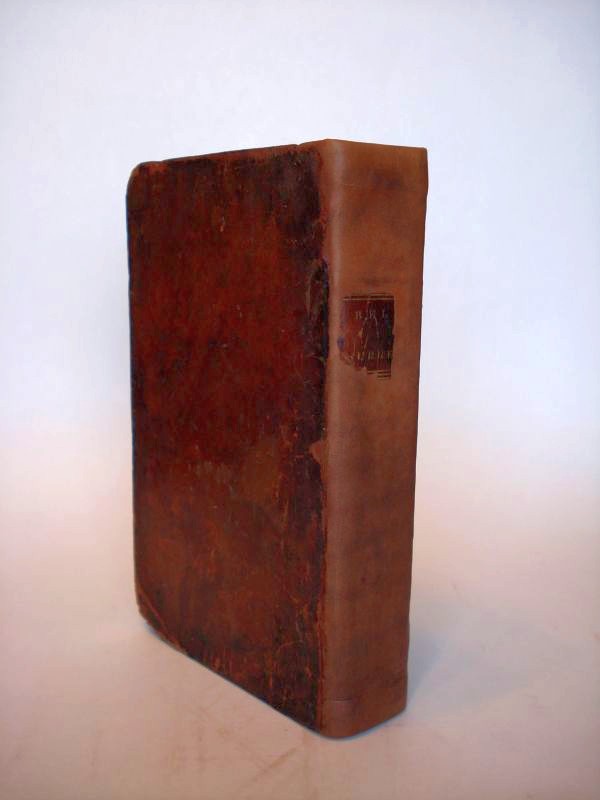
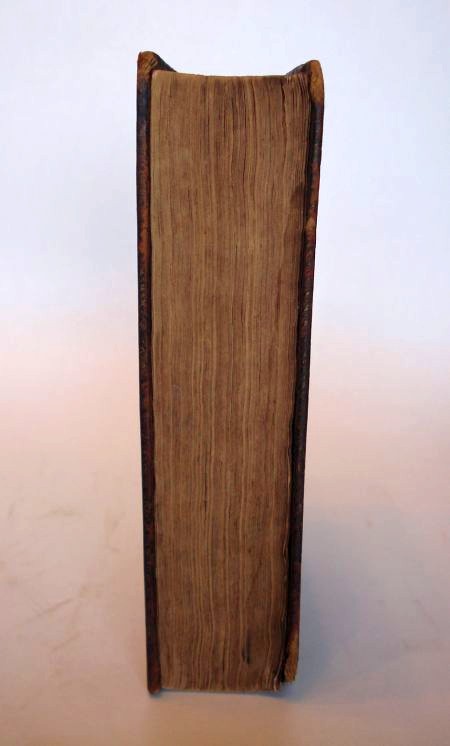
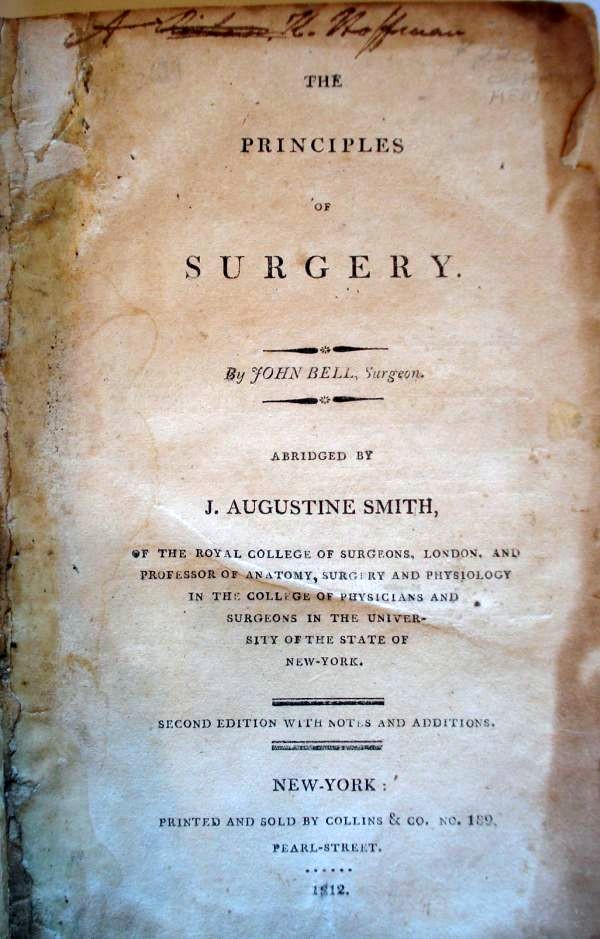
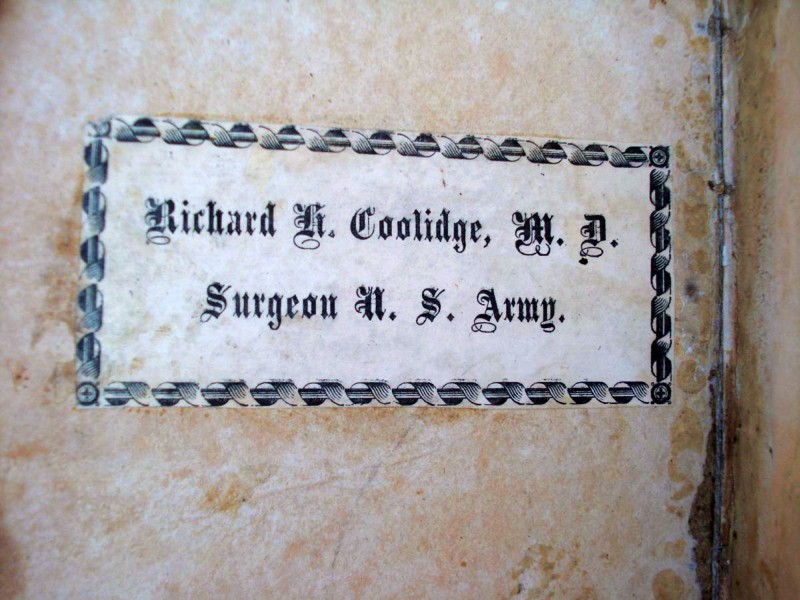
Richard H. Coolidge, military surgeon, was born in 1816 in New York City. He was appointed assistant surgeon in the United States army from New York state in 1841. In 1860 he was promoted surgeon. He was made medical inspector of the northern department and of the department of Pennsylvania in 1865; and subsequently promoted to brevet lieutenant-colonel for faithful and meritorious services during the civil war. He was medical director of the department of North Carolina at the time of his death. He died Jan. 23, 1866, in Raleigh, N.C.
Spec. 611, Sect. I, A. M. M.
CASE.--Private Joseph R-------, Co. I, 86th New York Volunteers, stout, muscular, and aged 19 years, was admitted to Emery Hospital, Washington, August 25th, 1862, for a gunshot wound of the back, received on the night of the 22d, Notwithstanding great pain and restlessness, he gave an interesting account of the manner in which he was wounded, even laughing and jesting at times. He stated that, not thinking himself hurt, at the time of receiving the wound, he walked some distance to a tree where he sat and watched the enemy until near morning, when he walked into camp, and, on examination, "found a hole in his blouse and then a hole in his back." Being night when he was admitted, an anodyne was prescribed, and cold applications were applied to the wound. August 26th: passed a restless night, and morning found him wearied and anxious, very restless, with an occasional tetanic spasm, though not severe. He was now chloroformed, the wound was enlarged, and an unsuccessful search was made for the ball. The patient being removed to more comfortable quarters, an assistant and a nurse were left with him with directions to keep him partially etherized until more experienced surgical assistance could be secured. The services of Surgeon R. H. Coolidge were shortly obtained, and, after a trial of more than one hour, he succeeded in removing the ball, which was found firmly impacted in the canal and between the spinous processes of the first and second lumbar vertebrae. After carefully removing all epiculae of bone, the wound was drawn together by adhesive straps, and cold-water dressings were applied.
CASE 21.--Sergeant Henry Grothenn, Co,. K, 5th United States Cavalry, aged 28 years, was admitted into the McClellan Hospital, Philadelphia, June 23d, 1863, from Lincoln Hospital, Washington, with an aneurism of the right axillary artery, the result of a gunshot wound received at Beverly Ford, Virginia, June 9th, 1863. The ball had passed in on the anterior part of the arm, near the shoulder-joint, and was cut out at Lincoln Hospital an inch below the inferior angle of the scapula. The haemorrhage finally ceased of its own accord, but he was so weakened and exhausted from the great loss he had sustained, that it was the opinion of the medical staff of the hospital, upon consultation, that, if anything was attempted then, he would die under the operation, and that his life might be prolonged for a few hours more by keeping up digital compression upon the artery. This was accordingly done, and .the assistants appointed relieved each other every hour or two, until the arrival of Surgeon R. H. Coolidge, medical inspector of the Army, on a chance visit to the hospital, who at once became interested in the case and thought the subclavian should be tied without delay; the temporary absence of Dr. Taylor, the surgeon in charge, being the objection to its performance. As the patient seemed to be rallying each hour, Dr. Coolidge decided to return to the hospital in the afternoon, and operate, if no objection then existed. Upon his return, the haemorrhage again having commenced, he proceeded to ligate the subclavian in the third part of its course. I here give the account of the operation as furnished by the Doctor: 'The patient came easily under the influence of the chloroform, and the operation was performed carefully and deliberately. The loss of blood amounted to a few drops only, haemorrhage from the aneurism having been completely arrested by a tourniquet.
CASE 1465.--Private W. Everitt, Co. F, 83d Pennsylvania, aged 22 years, was wounded at Malvern Hill, July 1, 1862, and conveyed to Union Chapel Hospital, Washington. Acting Assistant Surgeon W. H. Butler noted: "A ball entered the left shoulder anteriorly, two inches from its outer aspect, and apparently passed below the clavicle, between the coracoid and acromion processes, shattering the latter at its junction with the spine of the scapula. Six days after the reception of the injury the ball was excised. On July 9th, when admitted, the patient experienced but little pain while quiet, but considerable pain on motion. Cold-water and simple-cerate dressings were applied. Healthy suppuration was going on steadily. Several days after admission, the patient complained of increasing pain. On July 15th, pieces of clothing were extracted. On the 17th, Surgeon R. H. Coolidge, U. S. A., assisted by Surgeons Stone, Bliss, Page, and Bigelow, decided to operate.
Mason, R. B., Pt., I, 7th Michigan, age 25. June 30, 1862. Miniť ball crushed the posterior part of the head of right humerus; fissures extended into the shaft.
July 19, 1862. Head and four inches of shaft of humerus removed thro' semicircular incision, by A.A. Sur. D.N. Rankin, assisted by Surgs. R. H. Coolidge U. S. A., and J. H. Brinton, U. S. V.
Disch'd Nov. 20. 1862; pensioned. Jan'y, 1874, muscular atrophy, and utter uselessness of arm for labor. Spec. I, A. M. M.
Walker, R, Pt., F, 71st Pennsylvania, age 26. June 30, July 20, 1862. Left; flap (July 17, exc. carpus; aneurism; haemor.); by Surg. R. H. Coolidge. Died Aug. 10, '62.
CASE 1672.---Corporal W. A. Emerson, Co. H, 16th Massachusetts, aged 25 years, was wounded at White Oak Swamp, June 30, 1862, and admitted to Ascension Church Hospital, at Washington, four days afterward.There being no hope now of saving the arm, the man's health falling daily, Surgeon R. H. Coolidge, U. S. A., Medical Inspector, amputated in the surgical neck of the humerus by internal and external flaps, with but little haemorrhage, the subclavian artery being compressed. The wound was united by silver wire and adhesive strips, and cold-water dressings employed--ten ligatures having been applied. Half a grain of morphia was immediately administered. July 20th, slept well; wound uniting by first intention; appetite good; a little suppuration in the track of the ligatures. July 23d, has slept well; the wound mostly united nave a little of the edges, which were everted by the cutting out of the wires; seven of the ligatures came away with case; dressings the same. July 28th, removed the adhesive plasters and applied others, as the first were loose; two other ligatures came away; wound doing admirably; dressed with resin cerate.
IG. 735.--Bones of left forearm after partial excision and subsequent amputation. Spec. 3693.
7. Pt. R. Walker. Co. F, 71st Pennsylvania, aged 26 years, White Oak Swamp, June 30, 1862. Sent to Union Chapel. Surgeon R H. Coolidge, U. S. A., July 17, 1862, on account of a shot perforation of the left wrist, excised the unciform, os magnum, and trapezoid, together with the heads of the second and third metacarpals. It was found that a false aneurism of the radial artery had formed, and when the clots were turned out haemor-rhage occurred, which was suppressed with difficulty. Bleeding recurring, amputation of the forearm was performed, July 20, 1862 (TABLE CXXXVI, No. 31, p. 986). Patient died August 10, 1862.
Grothenn, H., Serg't K, 5th Cav., age 28. June 9, 1863. Right shoulder; axillary artery wound. Aug. 18, 1863. Aneurism. Aug. 18, 1863. Right; in cont. Surg. R. H. Coolidge. Died Aug. 18, 1863. Spec. 2609, A. M. M.
Peck, H. C., Serg't, B, 5th New York, age 26. Aug. 30, Sep. 2, '62. Left; flap. Surg. R. H. Coolidge, U.S.A. Discharged May 14, 1863.
Notwithstanding its convenience and general adaptability it was too heavy and cumbrous to be carried by the Surgeon himself, and, when entrusted to other hands, was liable, in the vicissitudes of battle, to be lost. In the early part of 1863 Medical Inspector R. H. Coolidge, U. S. A.. arranged a field case or companion(2) (FIG. 427) to take the place of the knapsack. It was something after the plan of the one used in the British service, and was intended to be carried by the Surgeon himself, if necessary.
Fig 427 Surgeon's Field Companion. In October, 1859, a Board of Medical Officers, consisting of Surgeon C. A Finley, R. S. Satterlee, C. S. Tripler, J. M. Cuyler, and Assistant Surgeon R. H. Coolidge, had recommended: 1st, that ambulance transportation ought to be furnished for forty men per thou-sand--twenty lying extended and twenty sitting; 2d, that both two and four-wheeled
Civil War Medical Books Antique Medical Books Civil War Medical Books Marked U.S.A. Hosp. Dept. Civil War Medical Books Marked U.S.A. Medical Department |
We are currently purchasing Civil War Medical items.
Contact us at cwbooks@frontiernet.net if you have items you would like to sell.
No portion of this website may be copied, retransmitted, reposted, duplicated or otherwise used without the express written approval of the author.